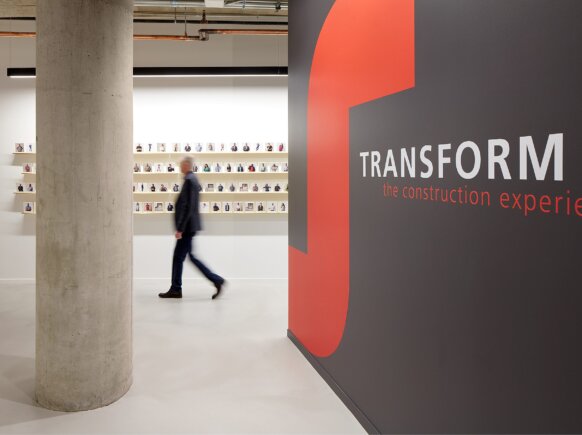Why Perkins&Will?
Perkins&Will has a long-standing commitment to environmental stewardship and sustainable design. The firm:
How will Perkins&Will’s Washington, D.C., studio go about reducing embodied carbon in its interior designs?
- Start by assessing the associated embodied carbon of its current projects.
- Research product options with the lowest embodied carbon.
- Encourage manufacturers to be transparent and declare the embodied carbon of their products; work with them to find paths for further reduction.
- Incorporate more reuse and end-of-life options for materials and systems.
Reimagine the concept of a “beautiful space” that includes how it reduces embodied carbon load.
What is the return on investment for reducing embodied carbon?
Climate change represents one of the world’s greatest threats, and addressing it offers great economic opportunity. Consumers are increasingly looking to purchase from, and work with, companies that share values of sustainability. Increasingly, Fortune 500 companies, including Microsoft and Amazon, are pledging to work toward carbon neutrality and be transparent with their progress. Reporting the amount of carbon reduced through build-out is one way to declare an organization’s responsibility to the environment.
Designing to lower embodied carbon also has the potential to reduce the cost of a build-out. Prioritizing reuse and salvaged materials is a key strategy for reducing embodied carbon. Reuse eliminates the cost associated with harvesting, manufacturing, shipping, and fabricating virgin materials. It also lowers construction costs while reducing greenhouse gas emissions.
The Urban Land Institute (ULI) predicts that more cities will incorporate carbon reporting into climate action planning. Federally legislated carbon taxes are expected to be implemented in the near future. These will serve as financial incentives to reduce embodied carbon from tenant fit-outs. Organizations with policies already in place to reduce embodied carbon will be at a strong financial advantage.
How will Perkins&Will achieve its goal by 2030?
- By the end of 2021, every project team will research and specify at least one interior product or system that can help reduce their project’s overall embodied carbon.
- Every project team will also maximize diversion from waste streams by prioritizing recycling, reuse, reconfiguration, or biodegradation.
- The Washington, D.C. studio will work with partners, including product manufacturers and design engineers, to reduce carbon emissions in the supply chain.
- The studio will benchmark and report its aggregate progress every six months.
- By 2025, the studio will have reduced the embodied carbon of its interiors portfolio by 50%.
- Project teams will work with clients to consider carbon offsets where net-zero design is not possible.
Why report out publicly?
Transparency keeps projects teams, manufacturers, and others in the supply chain focused on making the best choices possible, sharing lessons learned, supporting clients’ needs, and adding momentum toward more responsible building and design.
How is embodied carbon tracked?
Many product manufacturers publicly disclose embodied carbon for a variety of products and systems through what are known as Environmental Product Declarations (EPDs). To collect this information, Perkins&Will plans to prioritize products from manufacturers that offer EPDs. Then, design teams will use specialized software to calculate their projects’ overall embodied carbon. By benchmarking that value against an industry baseline, the teams will be able to determine their overall carbon reduction. This information will be aggregated into a value that can be shared biannually from now until the end of 2030.
For more information, contact Jon Penndorf at [email protected] or 202-454-3177.


